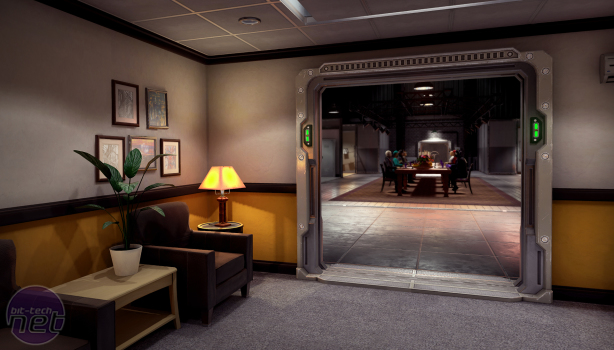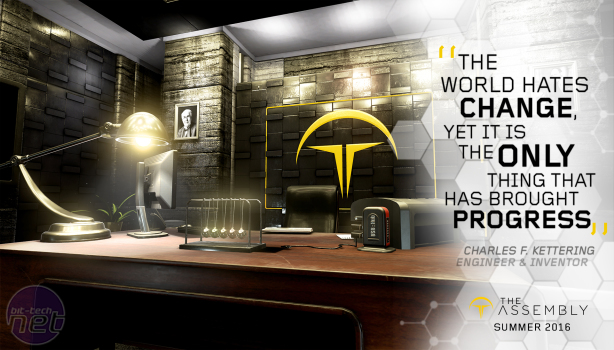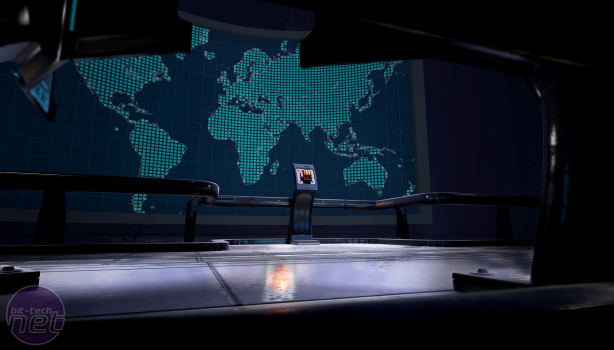

What jumps out immediately is how well designed the bunker is.The walls are lined with health and safety notices that'll be immediately familiar to anyone that's ever sat in an office anywhere in the UK. Perhaps by necessity of virtual reality games having to accommodate people 'inside' them rather than merely peering through a 2D porthole. The attention to detail is in incredible, and I regularly found myself just turning on the spot looking at lab machinery.
It's quite funny, too. Hacking into a workmate's terminal, you see an email from a colleague asking why every computer in the place is left powered on and unlocked, despite the rules specifically saying computers should be turned off or locked when not in use. Sure enough, every computer in the place barring this one seems to be unlocked, offering up a wealth of information building emails. Maybe they've played Deus Ex.

The world around you feels lived in too, and is littered with pop culture references, jokes and subtle details delivered through whiteboards, photographs, audio recorders and other devices. It feels fairly natural for the most part - story here is told in subtle strokes and many things, at least in the couple of hours that I played, aren't explicitly stated to the player but left instead for you to work out for yourself. You won't find any bloody graffiti daubed on the walls here, and if I'm proven wrong and some shows up in the full game, it'll at least be bloody ominous and advance the world in some meaningful way.
Lots of care has gone into making the game accessible for those trying virtual reality for the first time, and this means there's a variety of movement options. The most prominent feature to ease discomfort is the ability to "blink", a system familiar to fans of Dishonored: you pull the left trigger, point the icon where you want to appear and then teleport there. Otherwise you can adjust your controls for moving and turning for maximum comfort. I tested a few different control schemes and found that I didn't get sick at all, something the team attributed to the realistic movement speeds they've given the characters.

This accessibility also means the game is played with a controller instead of motion controls or a mouse and keyboard. As the Oculus Rift is shipped with an Xbox One controller (which I played with), the PSVR presumes ownership of a DualShock 4 and even Vive owners will probably have a controller for their PC sitting around somewhere, it seems the best way to let the most people play it easily at this early adoption stage. Room scale virtual reality is all well and good, but it's hard to do if you can't dedicate a whole room to the purpose.
The Assembly is a promising sight: a virtual reality game that unfolds in a smart way and treats its players maturely, presenting a lot of information and letting them draw their own conclusions. While it may get some stick from certain places for being 'a walking sim', this lack of reliance on other mechanics means that the actual exploration and puzzle aspects of the game are top notch. If the rest of the game maintains this level of quality for its entire run, this could be one of the first killer apps for the big budget headsets.

MSI MPG Velox 100R Chassis Review
October 14 2021 | 15:04









Want to comment? Please log in.